Going to Rome and Pompeii is like taking a trip through history through which you can learn about the people who lived long ago and how they changed the world we live in now. My trip to these two amazing places was a mix of unique architecture, exciting stories, and a feeling that time stood still. Come with me as I share with you my wonderful experience on my trip, and I’ll gladly show you some of the must-see places, and tell you how to get around especially how to visit Pompeii from Pompeii to get the most out of your Italian journey adventure. I’ll also tell you how long you might need to really enjoy each one.
First Stop: Fly into Rome
The easiest way to start your trip is to fly into Rome’s Fiumicino Airport. You’ll feel the energy of a city that has been the center of power and the birthplace of Western civilization as soon as you land. A piece of advice? Don’t stress out on the first day. Taking in all of the city’s important sites can be hard, so take your time and enjoy the atmosphere. Relax with a coffee and a stroll through the streets of Rome, and the city will slowly get to know you.
Even though Rome is a big city, the main spots are not too far away. It was great to stay close to the city center, between Piazza Navona and the Pantheon. It was convenient for getting to famous sites and had cute streets and tasty restaurants. Trust me, you’ll want to be close enough to some of Rome’s most famous sights that you can walk to them. Check out our blog here to learn more about the must-go place in Rome.
Explore Rome
Rome is full of history. As soon as you walk into the city, you’ll see buildings, churches, and ruins that are hundreds of years old. Here are some significant place that you should not miss:
The Colosseum
The Colosseum is as beautiful as you think it would be as one of the New Seven Wonders of the World. As I stood in this huge amphitheater, I could almost hear the sounds of gladiator fights. I strongly suggest taking a guided walk, which usually includes access to the underground chambers and gives you a better understanding of the building’s history.
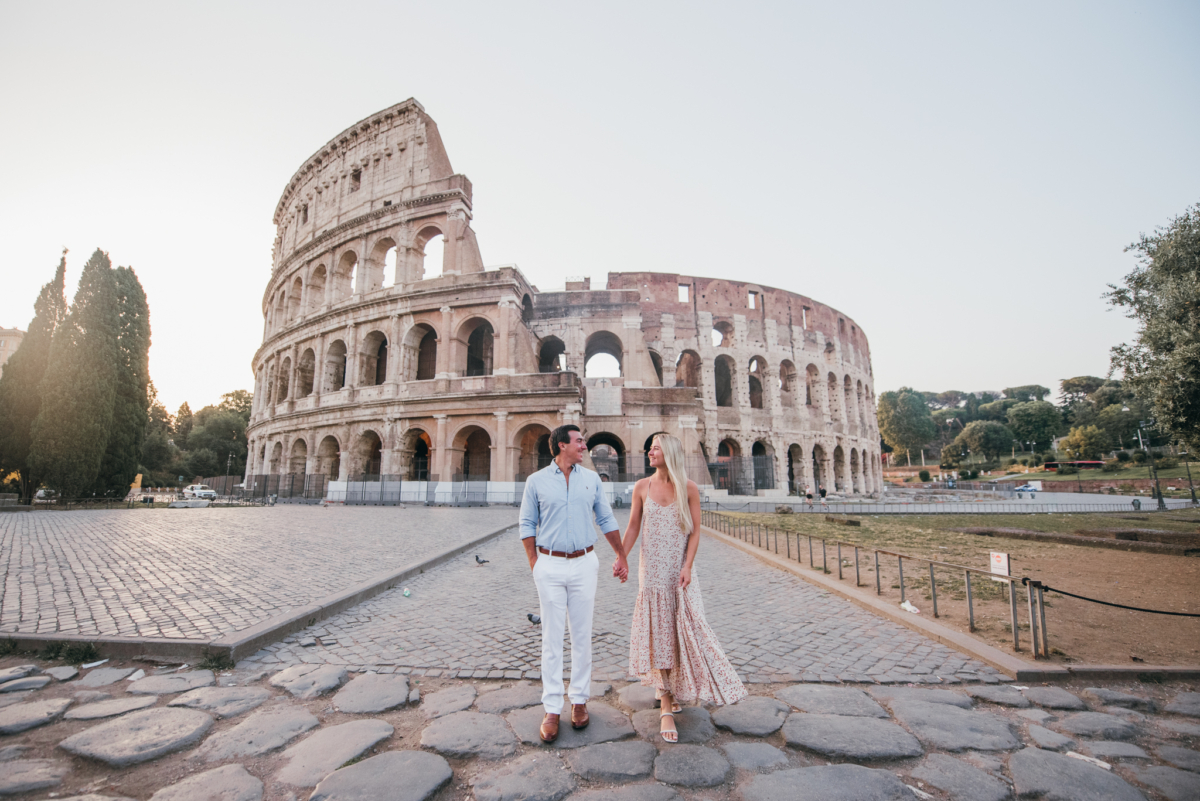
Roman Forum and Palatine Hill
The Roman Forum and Palatine Hill are both close to the Colosseum. The Roman Forum was the center of public life in ancient Rome. From Palatine Hill, which is high above, you can see some of the city’s best views. It is also said to be where Rome began. There are impressive ruins here. Every stone has a story to tell, and you could spend hours discovering them.
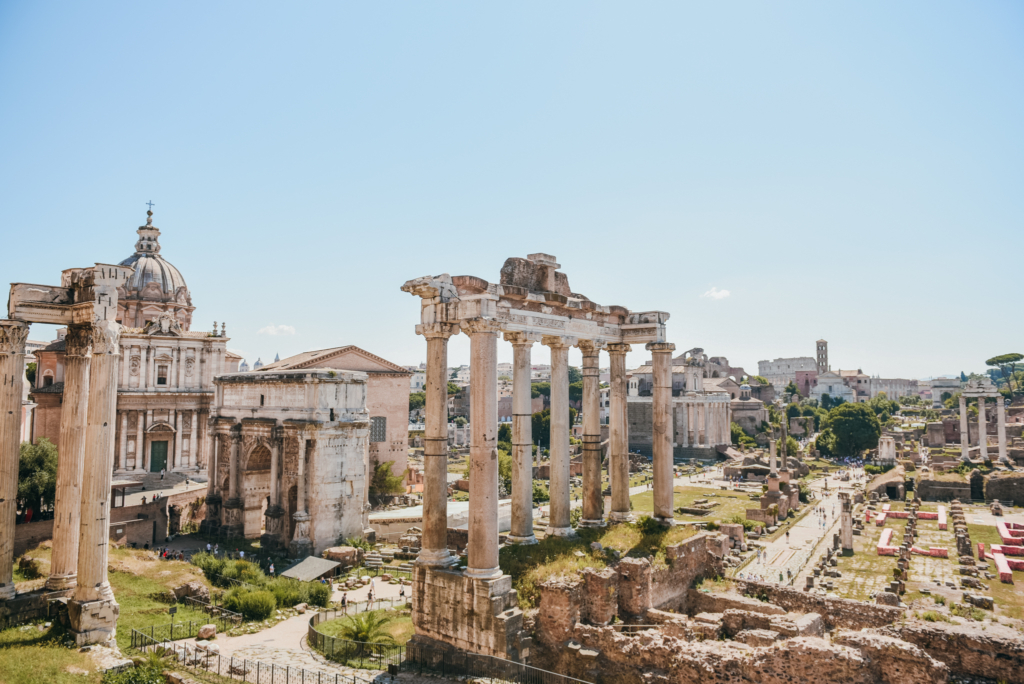
St. Peter’s Basilica
You can’t leave Rome without going to the Vatican. I couldn’t say a word as I walked through the Vatican Museums, especially the Sistine Chapel. With its huge size and beautiful roof, St. Peter’s Basilica is also truly amazing. Don’t pass up the chance to see a huge part of Rome from the top of the church.
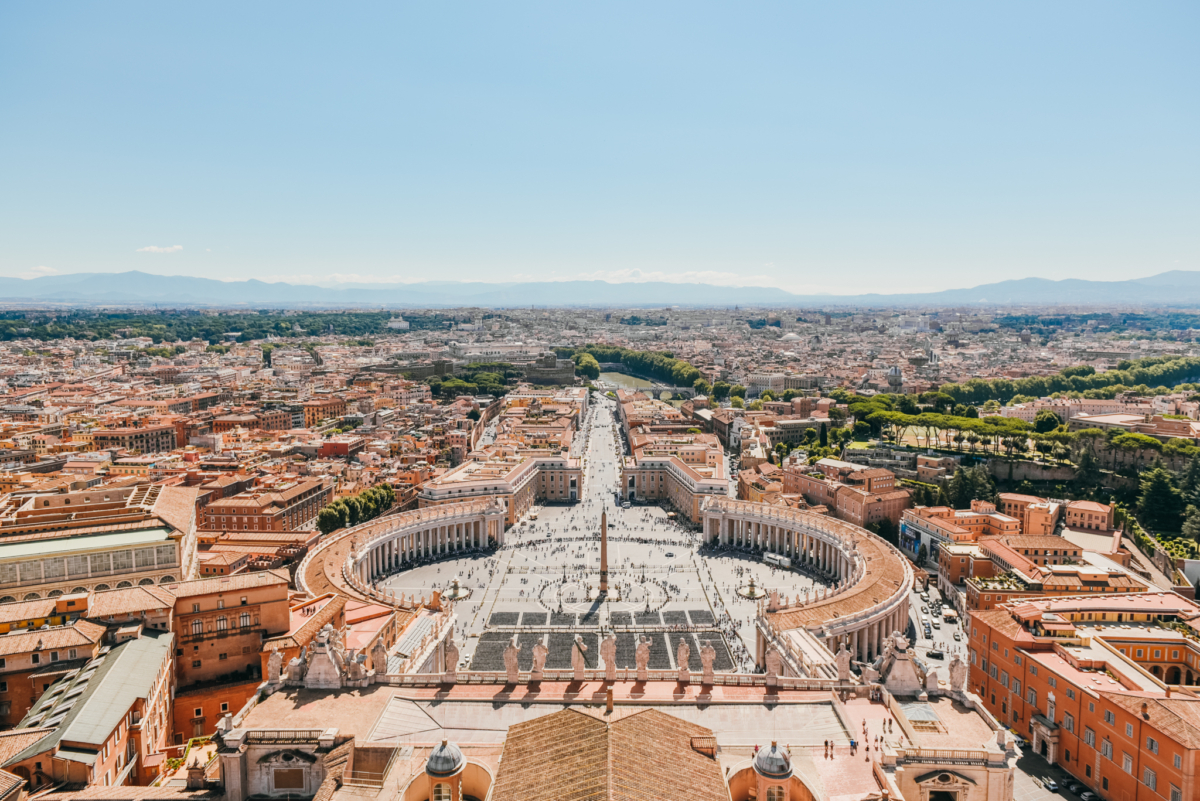
Piazza Navona and the Trevi Fountain
Take a walk through Piazza Navona and the close Trevi Fountain to relax after a day of history. Both are beautiful at night, with the Baroque statues in the piazza and the soft glow of the water in the Trevi making it a great place to take a walk.
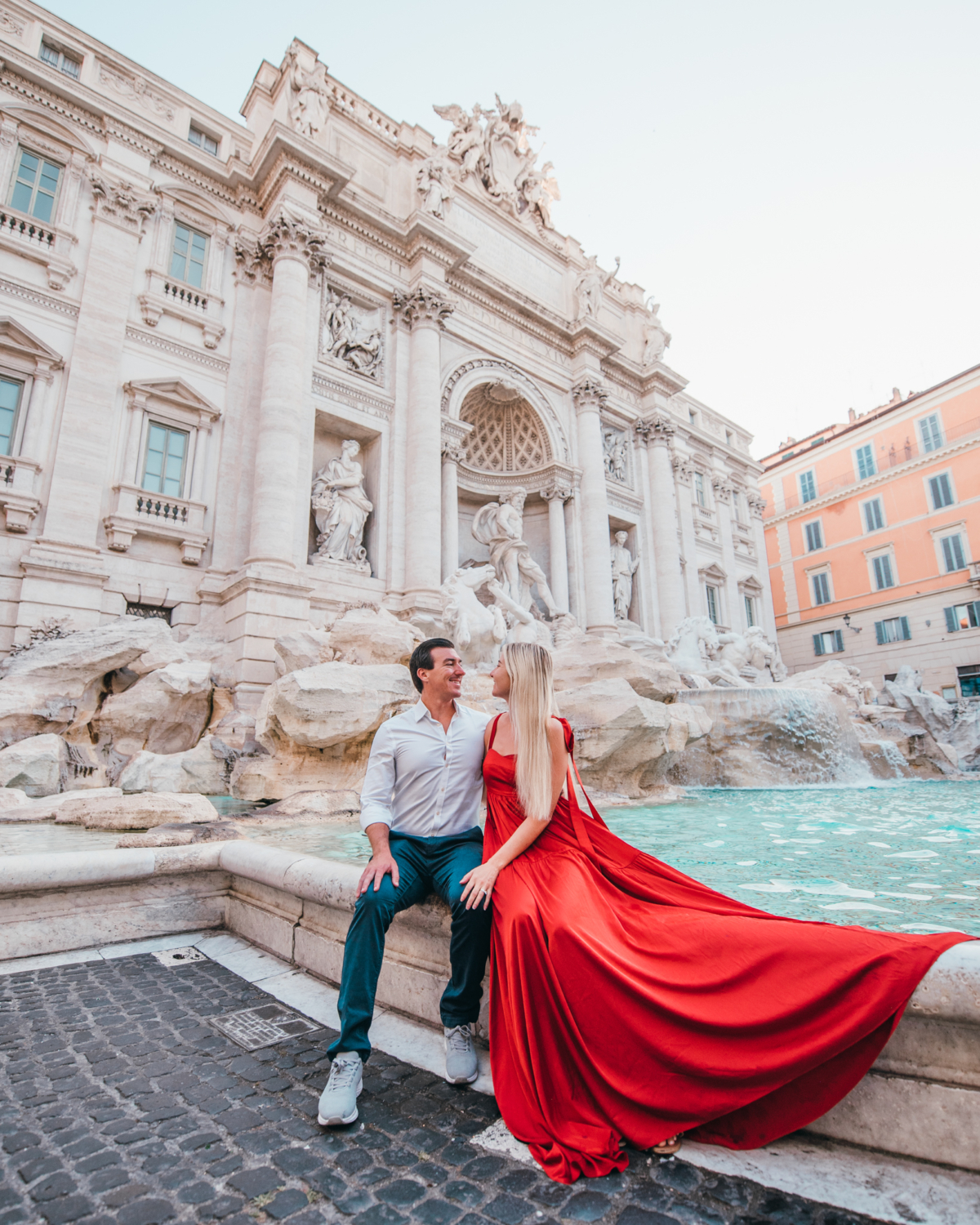
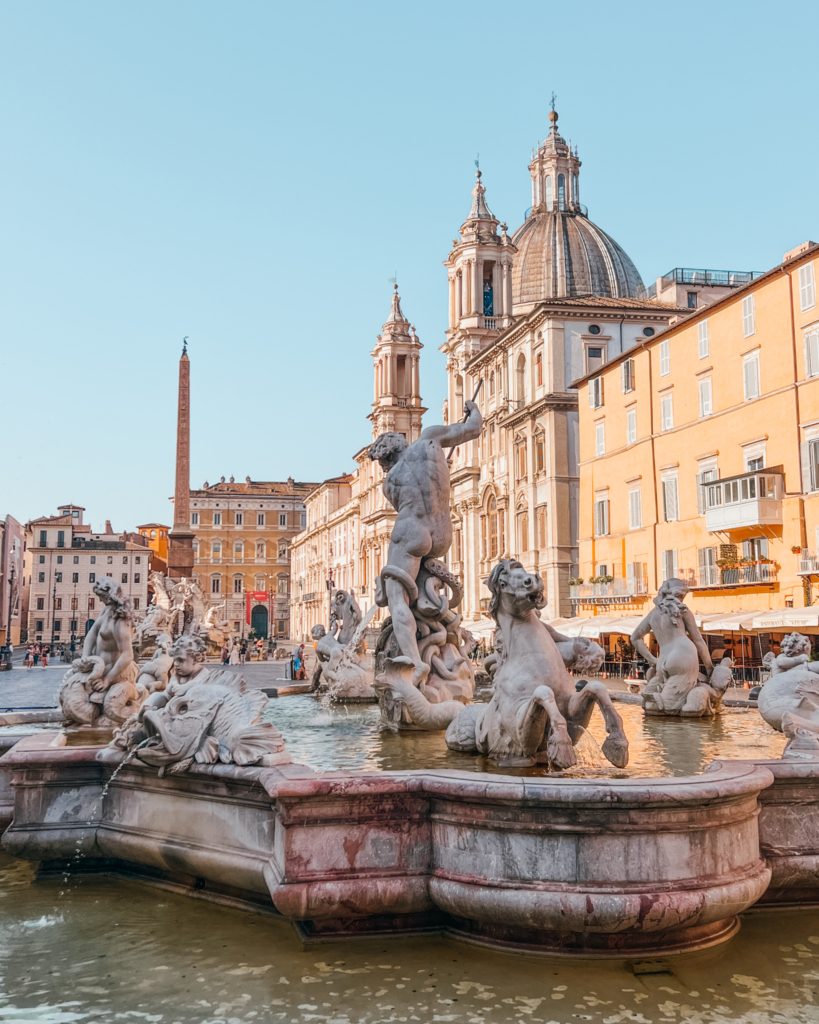
Visit Rome for at least three days. Even though you might want to rush through the best parts of Rome, it’s best to take your time. Allow yourself time to savor the little things, like the old buildings, the sweets, and how the light hits them at dusk.
Check out this blog here for a guide on your next Rome itinerary.
Ways to Get on How to Visit Pompeii from Rome
After taking in all of Rome’s beauty, it’s time to head south to see the old city of Pompeii. You will be going through Naples on your way, which is the entrance to this archaeological wonder. From Rome to Pompeii, you can get there in a number of ways, each with its own pros and cons.
Train
The train is the fastest and most convenient choice. From Termini Station in Rome to Naples Central Station, I took the fast Frecciarossa. The trip takes about 70 minutes. Prices range from €20 to €50, based on how early you book. Trains run often. To get to Pompeii, you’ll need to take the Circumvesuviana train from Naples. This is a regional line that will take you straight to the Scavi stop in about 30 to 40 minutes and it takes around two to three hours to get from Rome to Pompeii.
Car
Renting a car is another choice if you’d like more freedom. You can drive from Rome to Pompeii in about two and a half hours. Along the way, you’ll see some beautiful parts of Italy’s countryside. But be careful with parking. Pompeii has a number of parking lots close to the gate that cost about €10 per day. Even though driving gives you more freedom, I found taking the train to be much easier and less stressful, especially when I had to deal with Naples’ extremely bad traffic.
Next Stop: What to See in Pompeii?
In this next stop, I’ll show you how to visit Pompeii from Rome to make your trip as rewarding and unforgettable as possible. Like what I said, It’s like going back in time when you walk through Pompeii. When Mount Vesuvius exploded in 79 AD, it buried the city under ash which made the buildings, streets, and even people preserved in a frozen moment in history. I’d like you to come these some of the must-see places:
The Amphitheater
The amphitheater in Pompeii was built before the Colosseum. I felt like I was in the middle of history when I stood in this huge venue. It is one of the oldest Roman amphitheaters that has been found and is in surprisingly good shape.
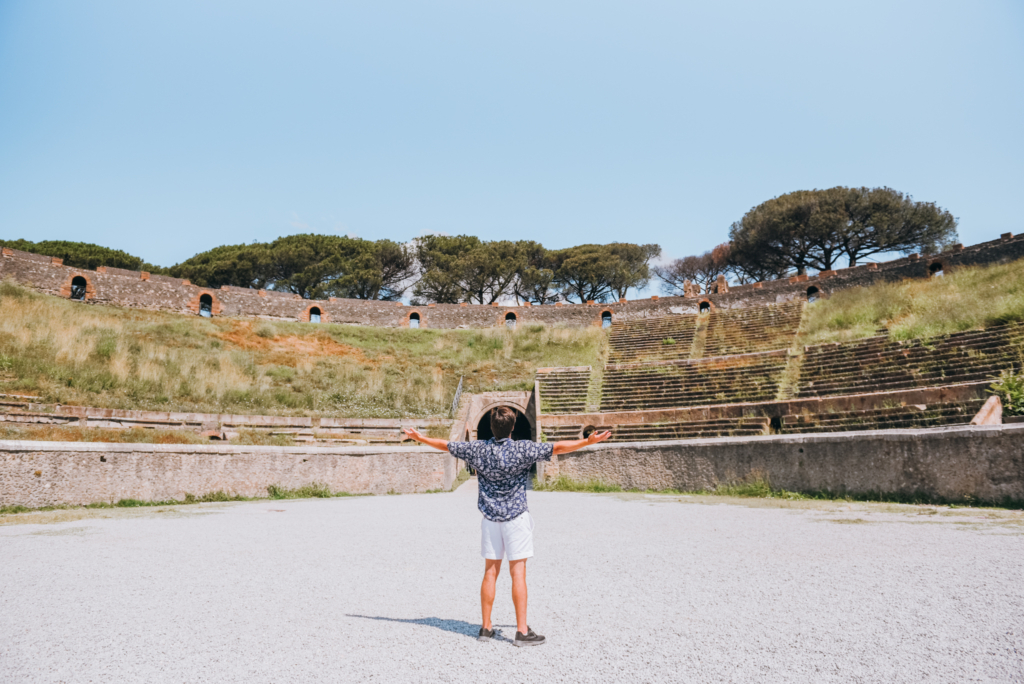
The House of the Faun
This grand home was one of the most impressive in Pompeii and is famous for its beautiful tiles, such as the “Alexander Mosaic.” The artwork is beautiful, and the way the house is set up makes you think of how rich people lived.
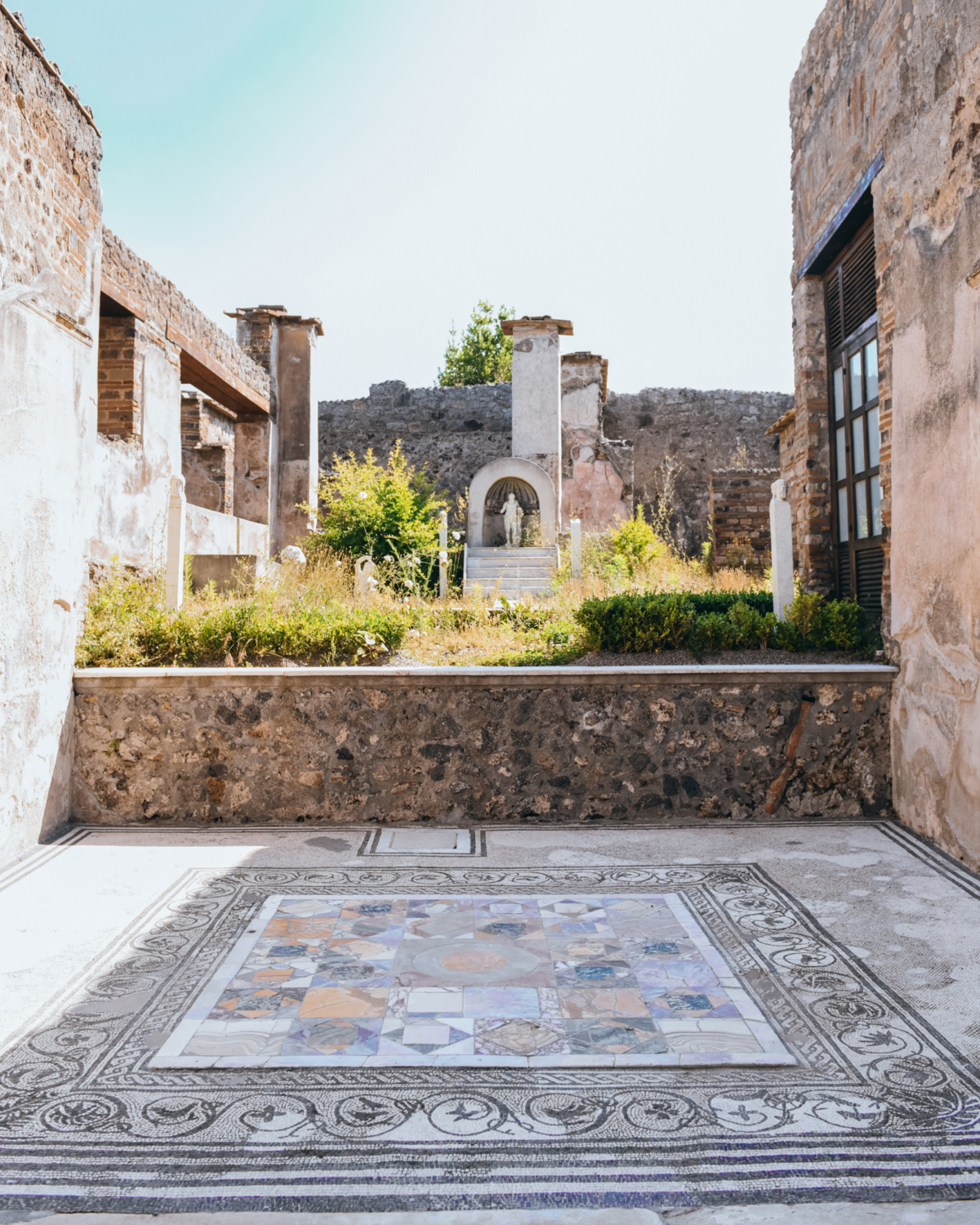
The Plaster Casts
The plaster casts of the people who died when Vesuvius erupted in Pompeii are both sad and interesting memories of what happened. Plaster was used to fill in the places left by the dead bodies to make these casts, which preserve the last moments of the people who lived in the city.
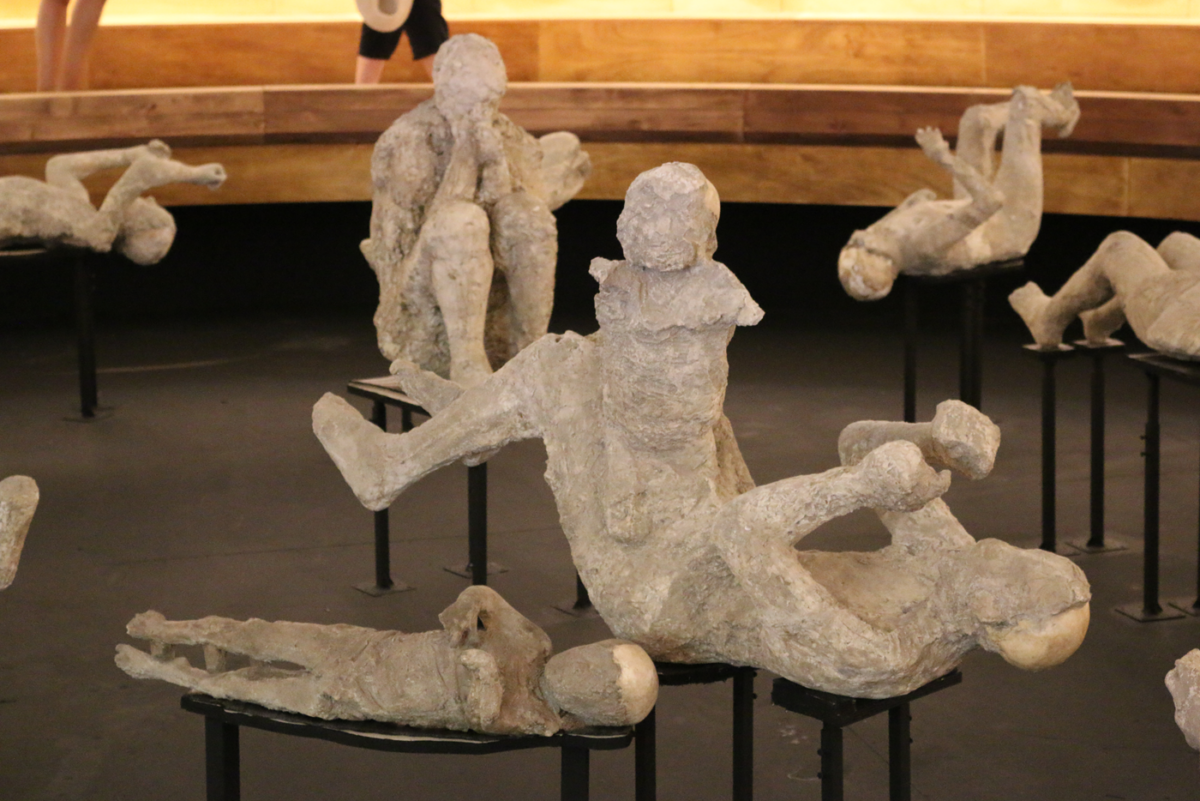
Those are just some of the most iconic places you’ll never want to miss when you plan to visit Pompeii from Rome. If you ask me how long should you stay, my advice? you could stay in Pompeii all day, but three to four hours is enough to see the most significant attractions. The old cobblestone streets can be bumpy, so make sure you wear shoes that are comfy. Also, don’t forget to bring water, especially when it’s hot. You can make the most out of your travel to Pompeii by following my guide in our blog here.
What Should You Do in Naples?
Another tip to make the make the most out of your Roman trip on how to visit Pompeii from Rome. You may look around Naples. Naples is lively and has a unique, crazy charm all its own. There’s a lot to do, from the busy Spaccanapoli street to the stunning views of the Bay of Naples. Here are some places you have to see:
The Naples National Archaeological Museum
The Naples National Archaeological Museum is a treasure trove of old history. It is home to many of the artifacts that were found in Pompeii. I learned even more about Pompeii’s history after seeing the mosaics, paintings, and statues in person. To learn more about the The Naples National Archaeological Museum, click here.
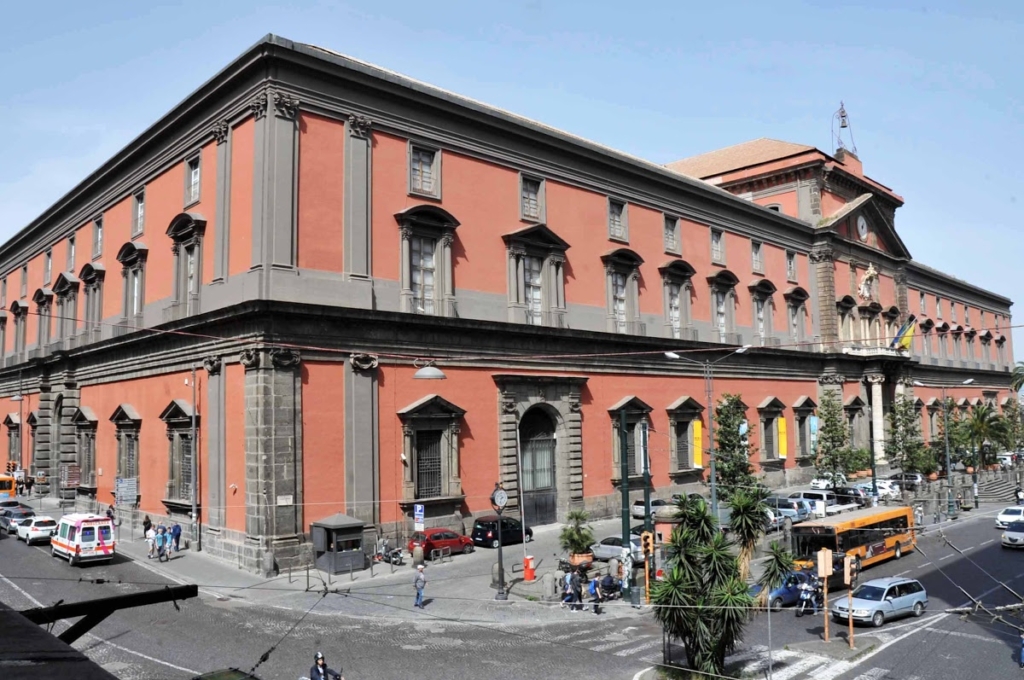
Castel dell’Ovo
This fortress has beautiful views of the bay and a touch of ancient history. After seeing how busy Pompeii was, this is a nice place to relax. There’s also the famous Neapolitan pizza, which you have to try on any trip to Naples.
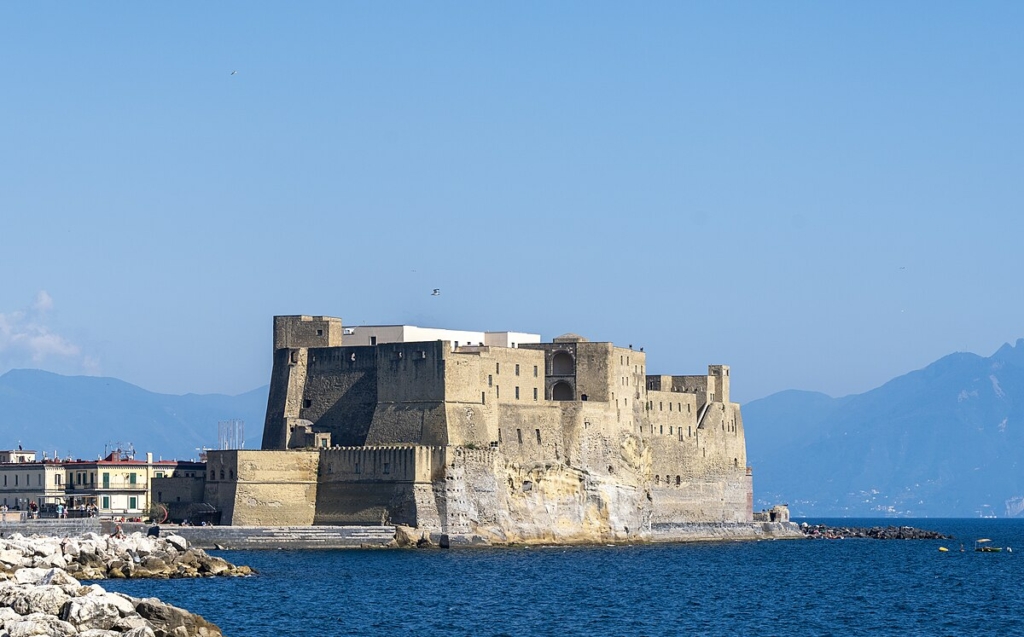
Where to go After Rome and Pompeii?
From Naples, there are many ways to continue your trip. If you’re going north, you can go back to Rome and see more of Lazio or Tuscany. It only takes a train ride to get to Florence, famous for its Renaissance art. The Amalfi Coast is a good place to go if you want to see more of southern Italy. Some of the most beautiful towns in Italy are perched high on cliffs above the turquoise seas of the Tyrrhenian Sea. It’s one of Italy’s most beautiful and peaceful areas, and it’s a great place to relax after exploring the history of Rome and Pompeii.
Wrapping Up
My trip to Rome and Pompeii changed my life in every way. The art, culture, and history of the Eternal City filled my soul, while Pompeii gave me a rare chance to touch the past and see how people lived hundreds of years ago. You’ll definitely be amazed by the Colosseum’s grandeur or walk through Pompeii’s frozen-in-time streets. These two places go well together and can give you a deep understanding of Italy’s past. No matter what you plan to go next, like if you want to go back to Rome or keep exploring southern Italy, your trip through these old cities will stay with you and tell you that history doesn’t change.
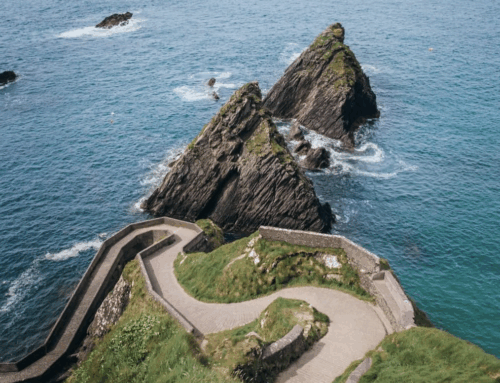

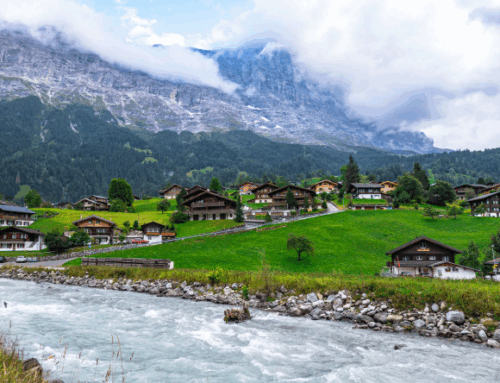


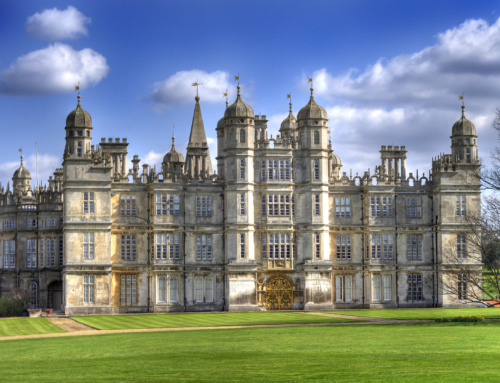
Leave A Comment